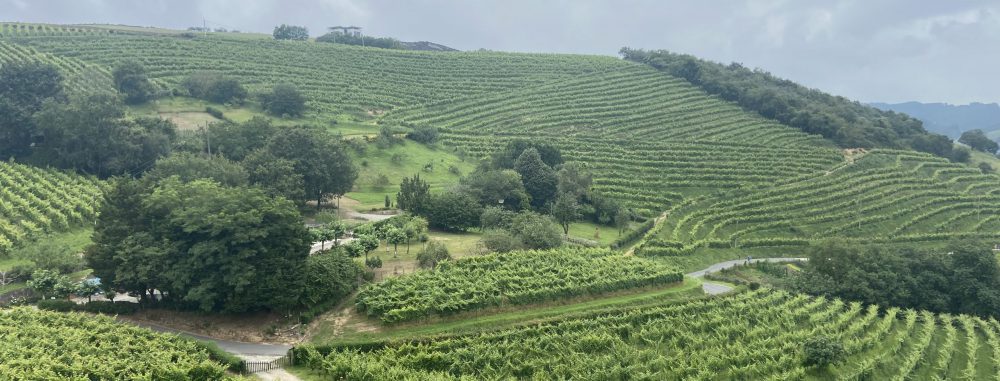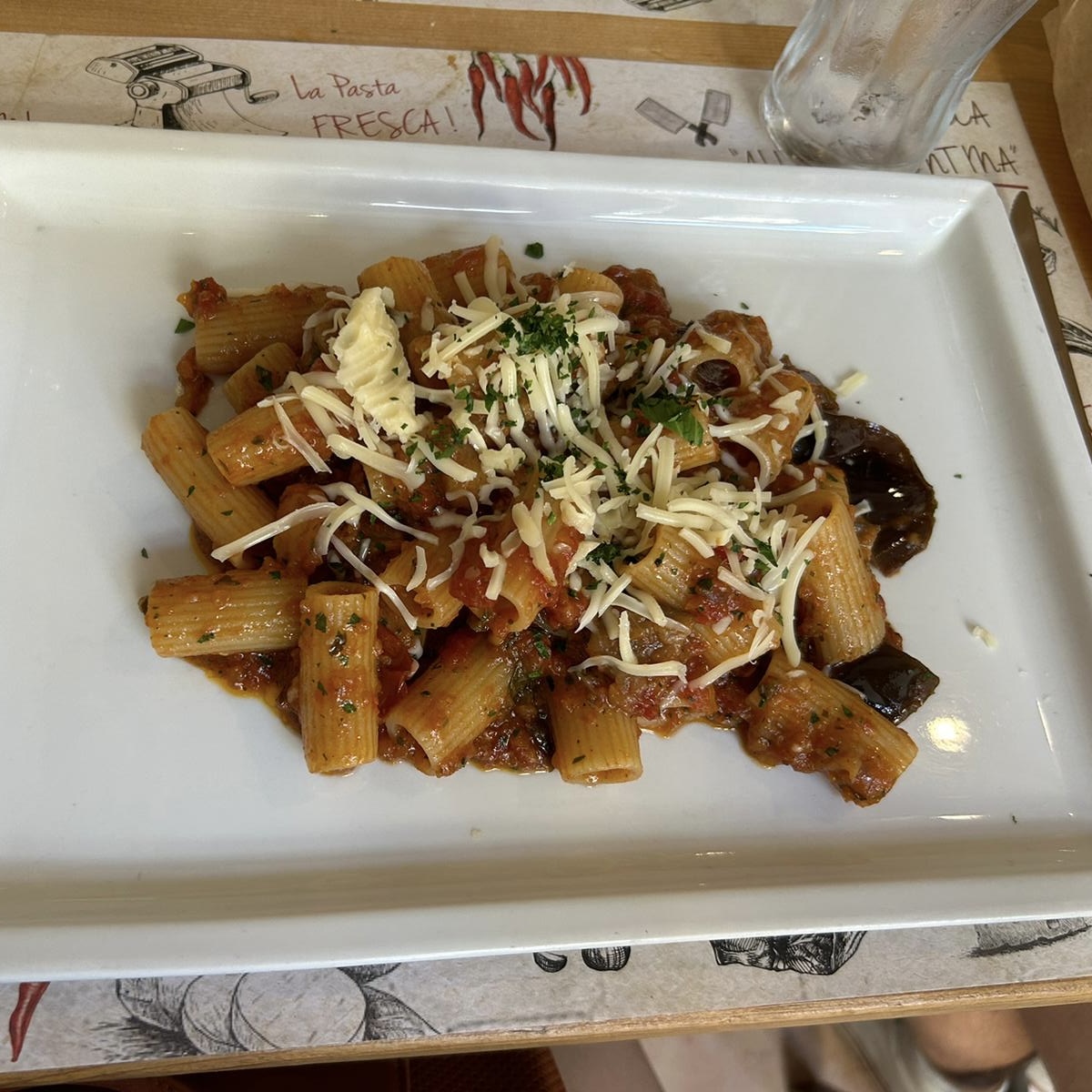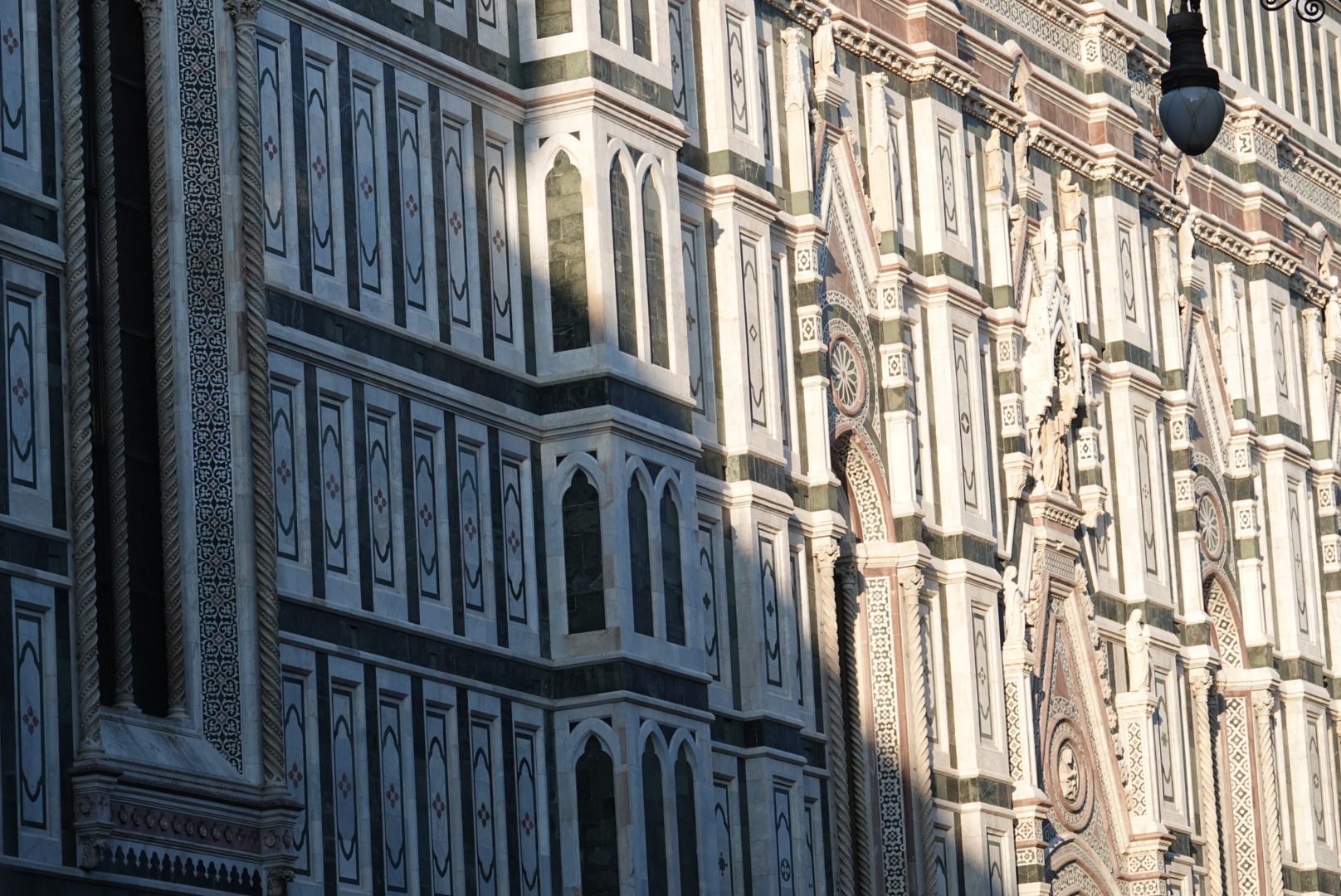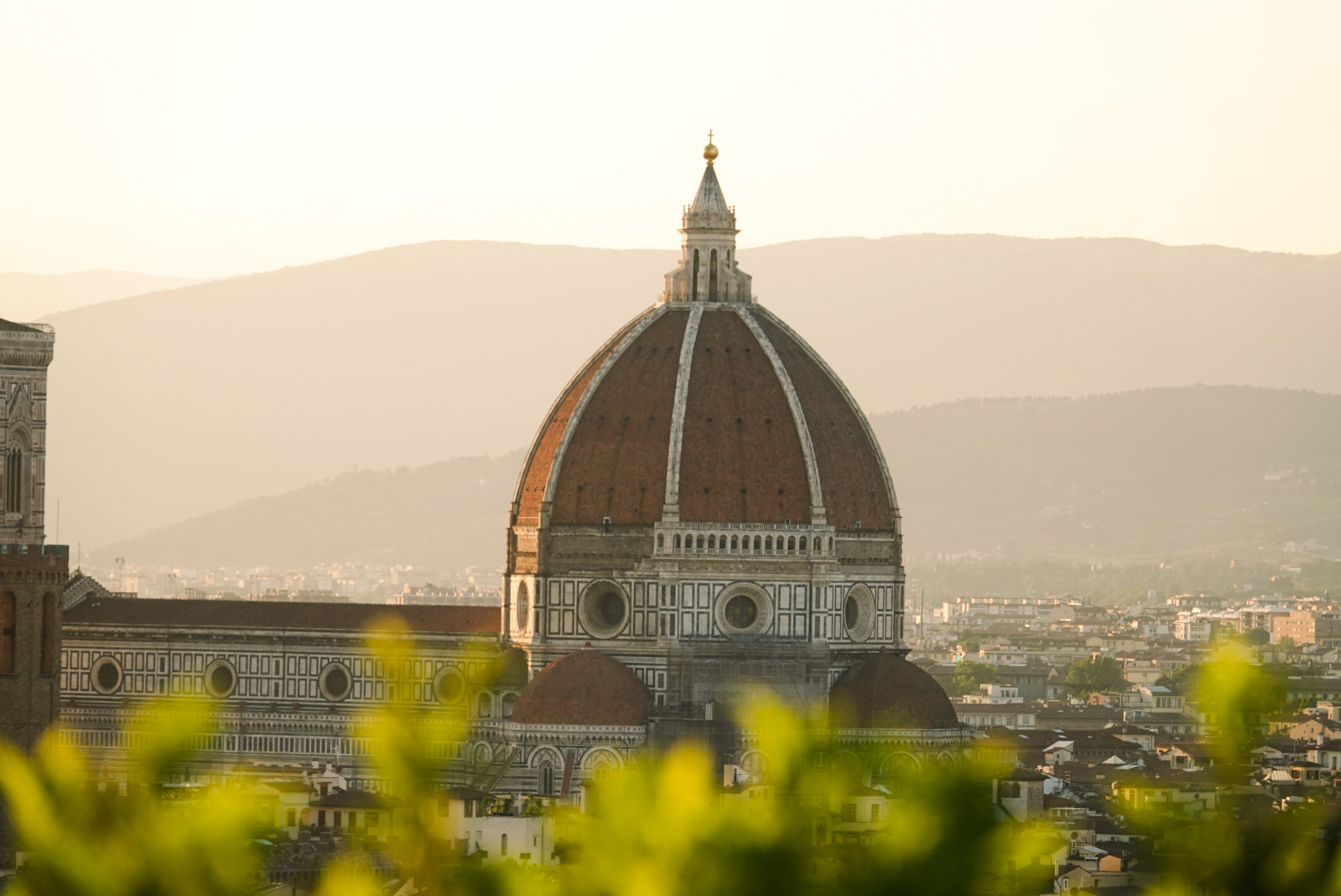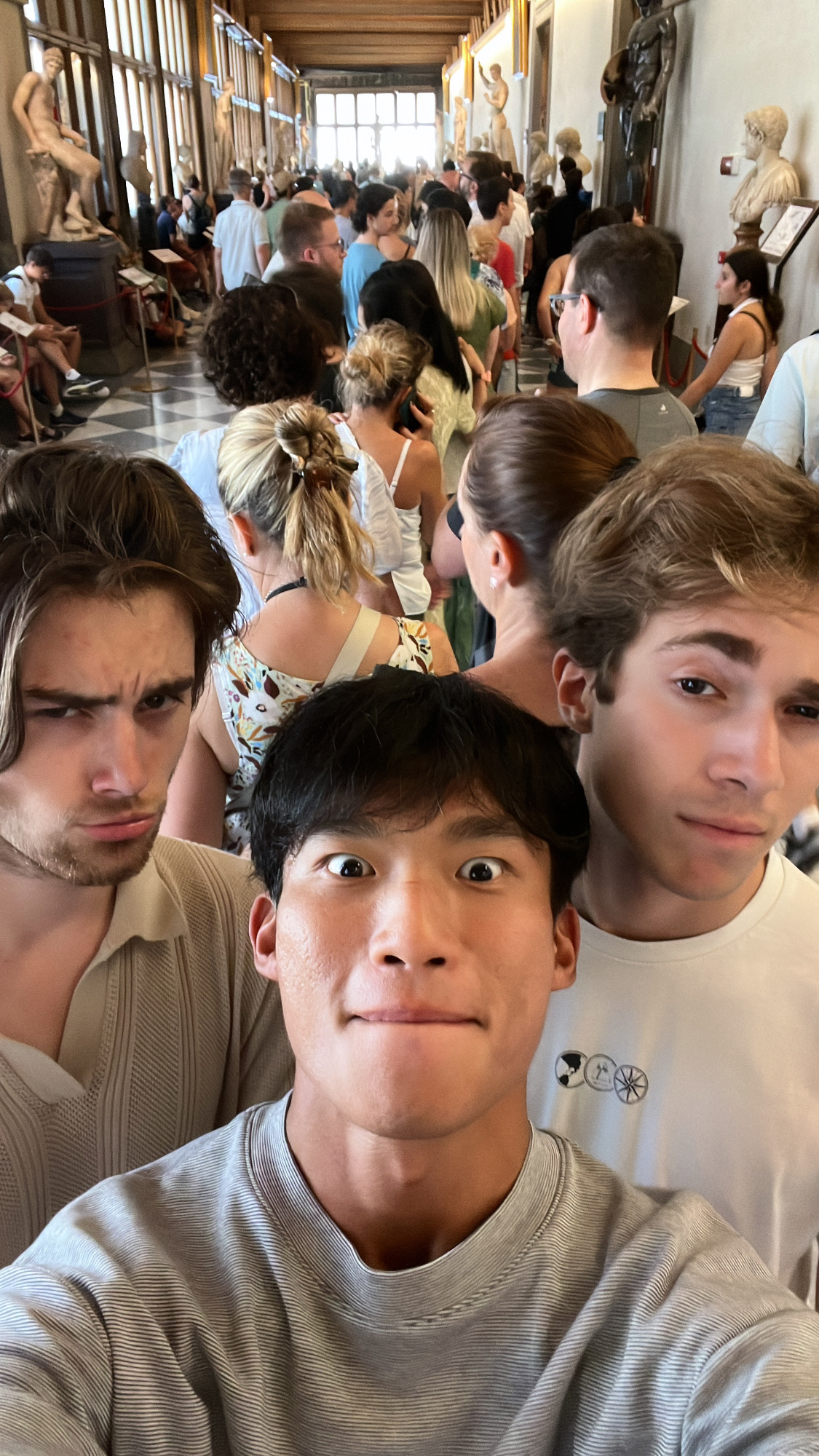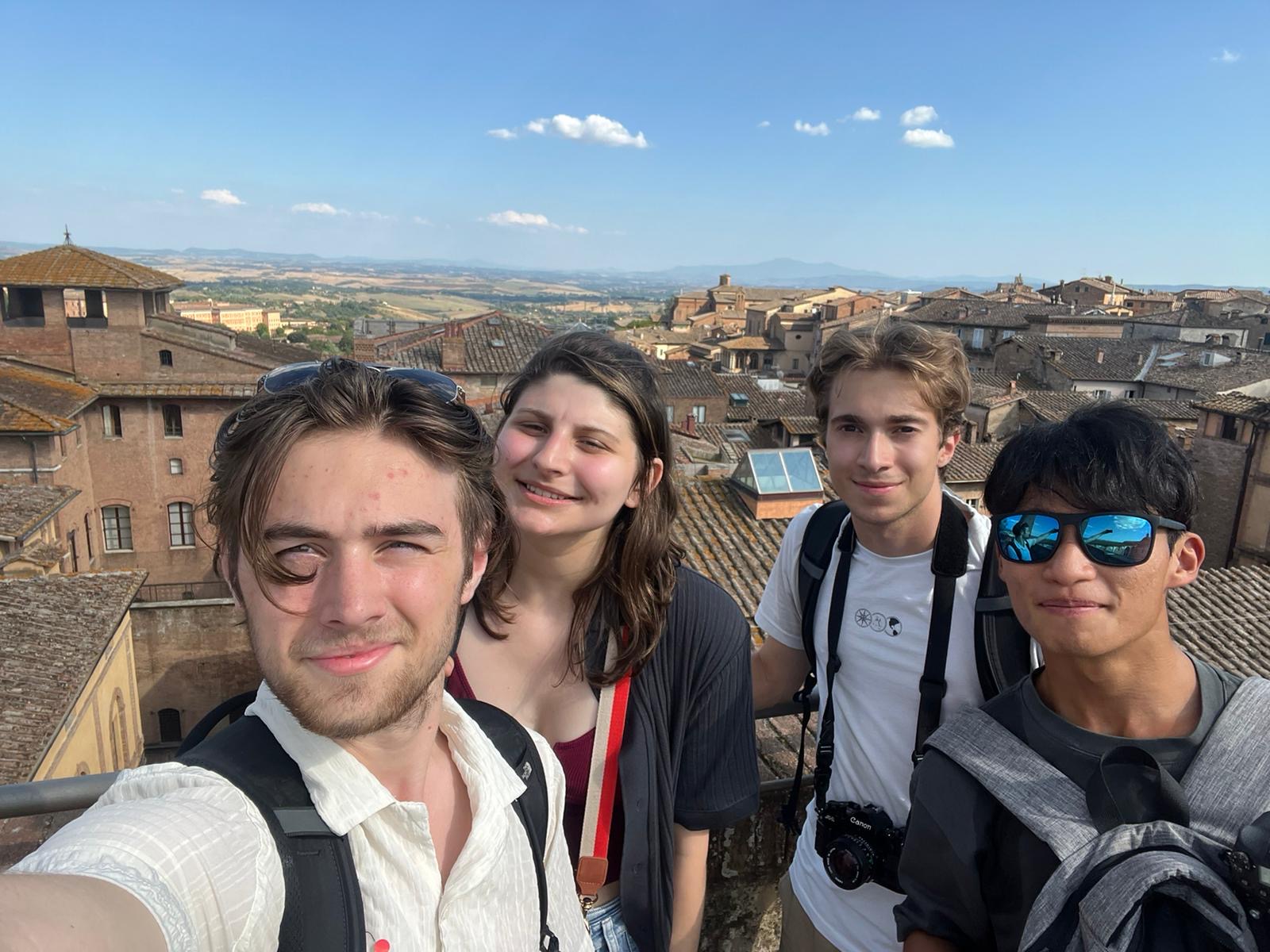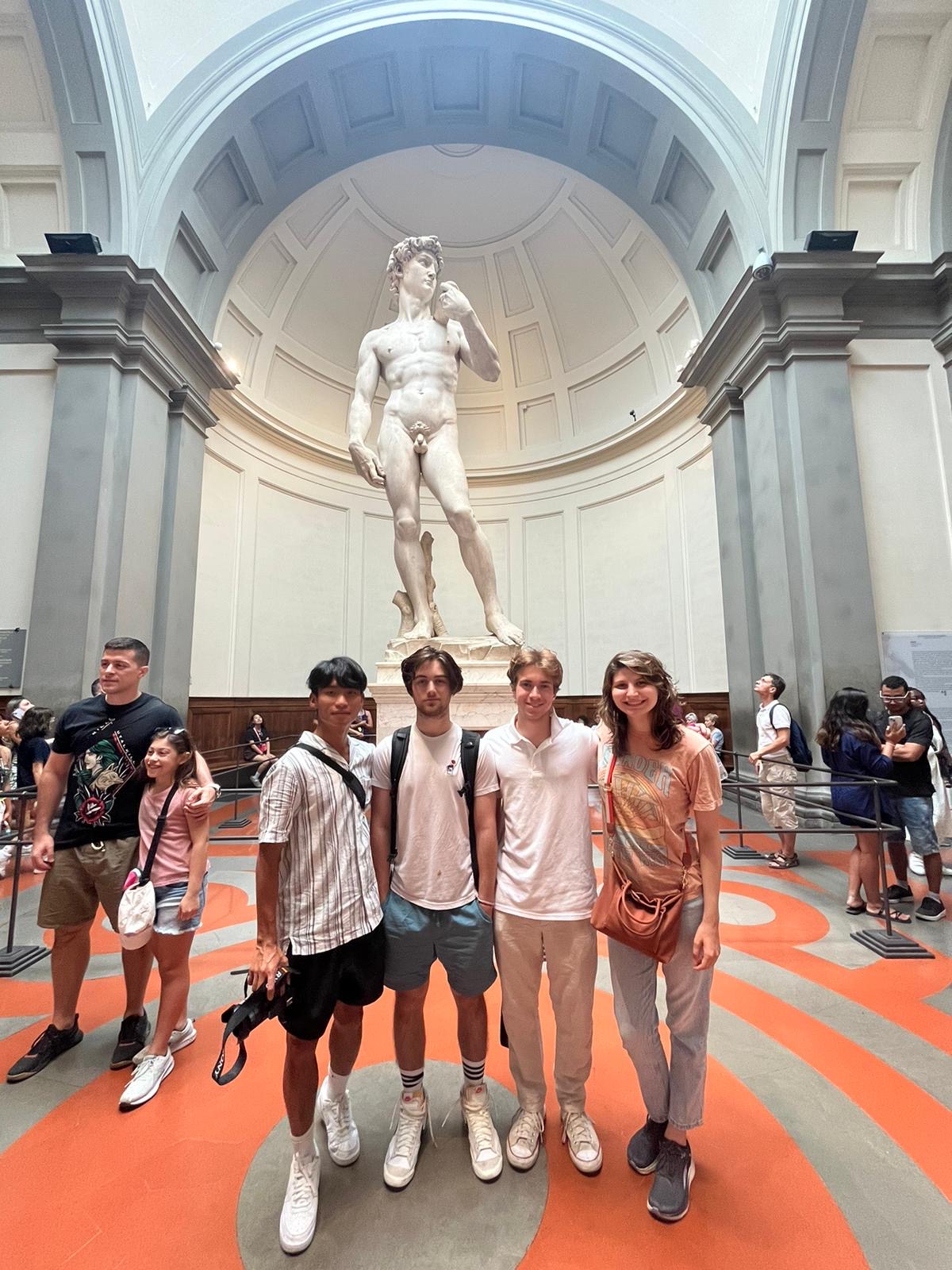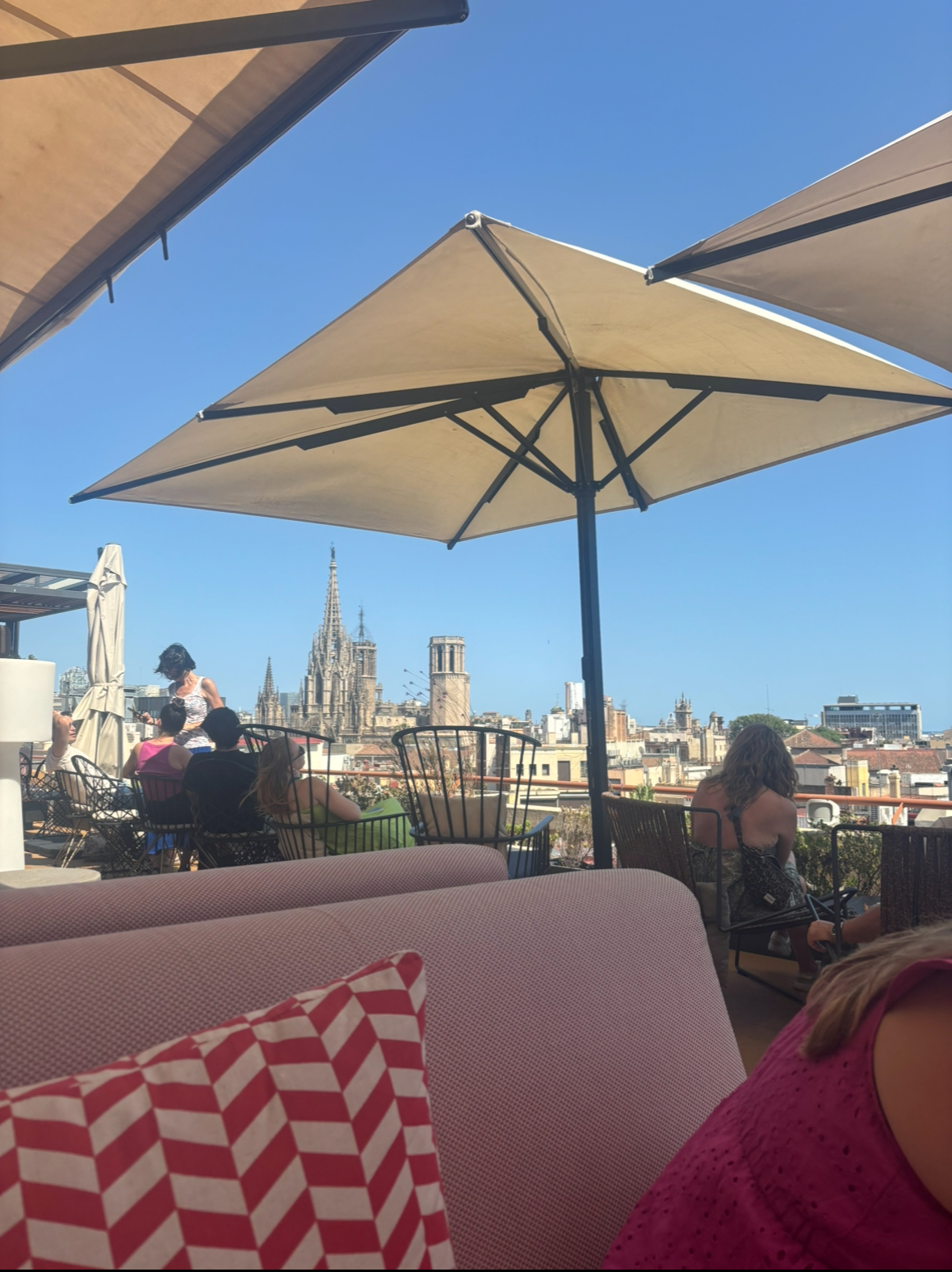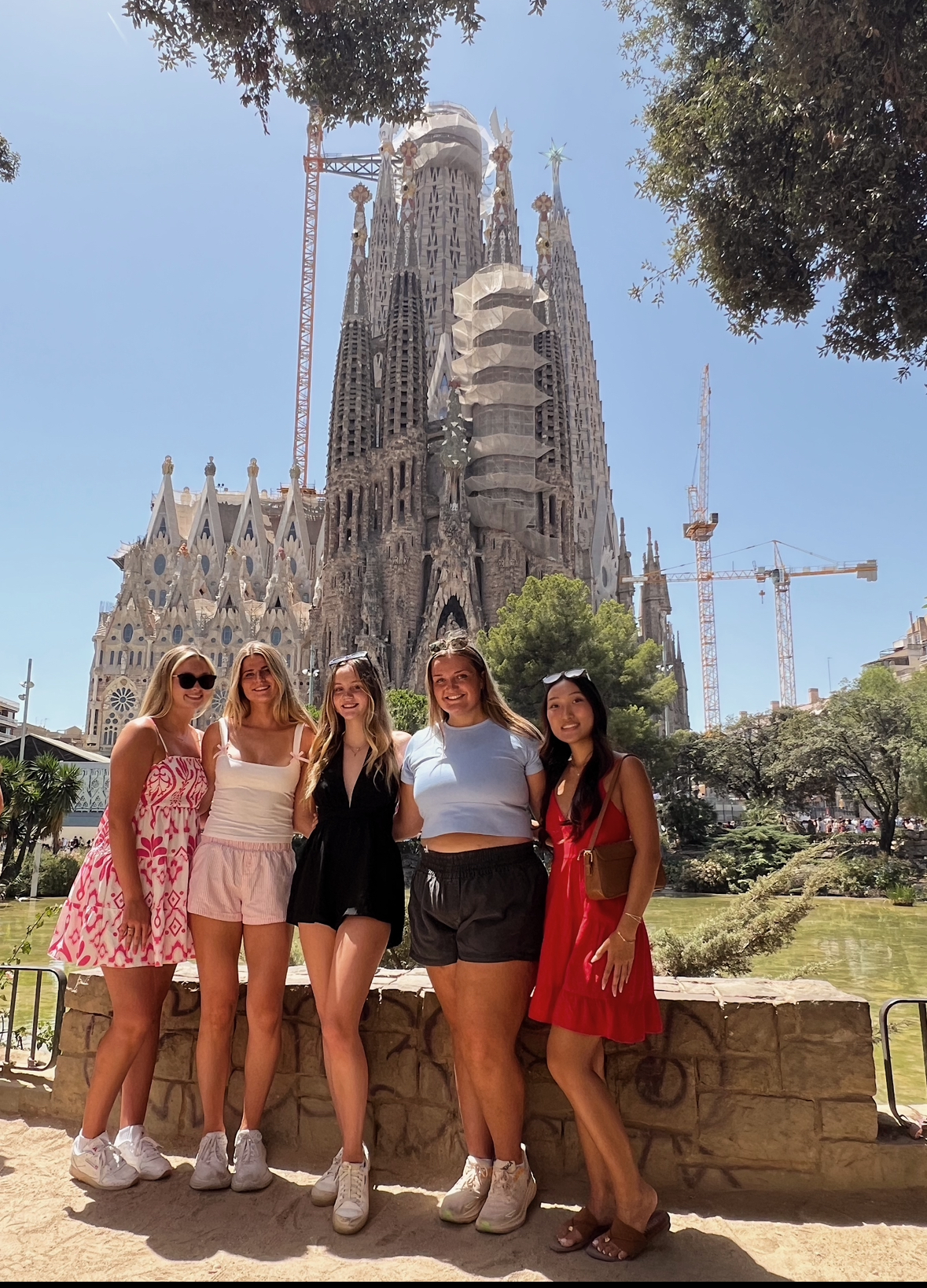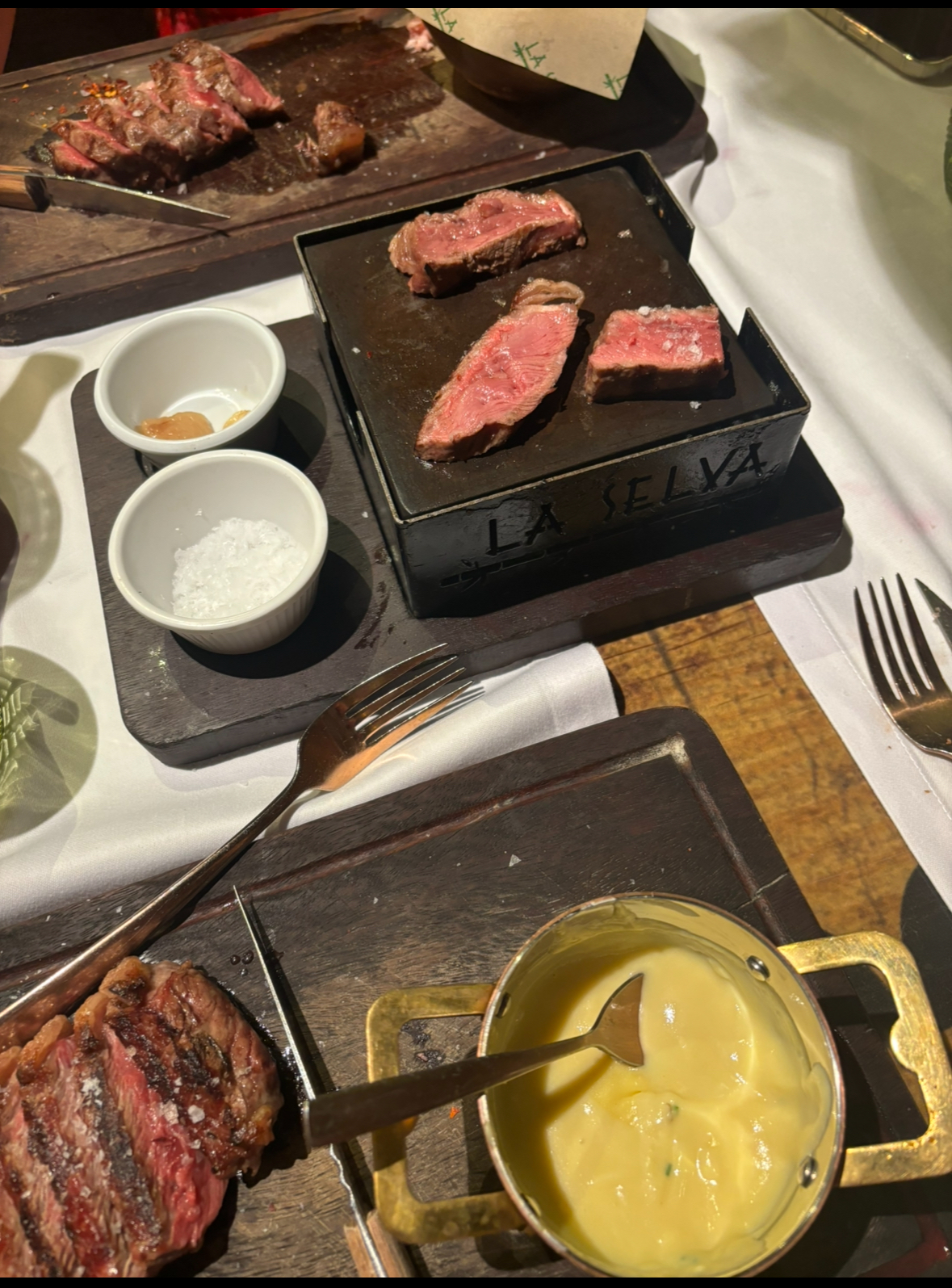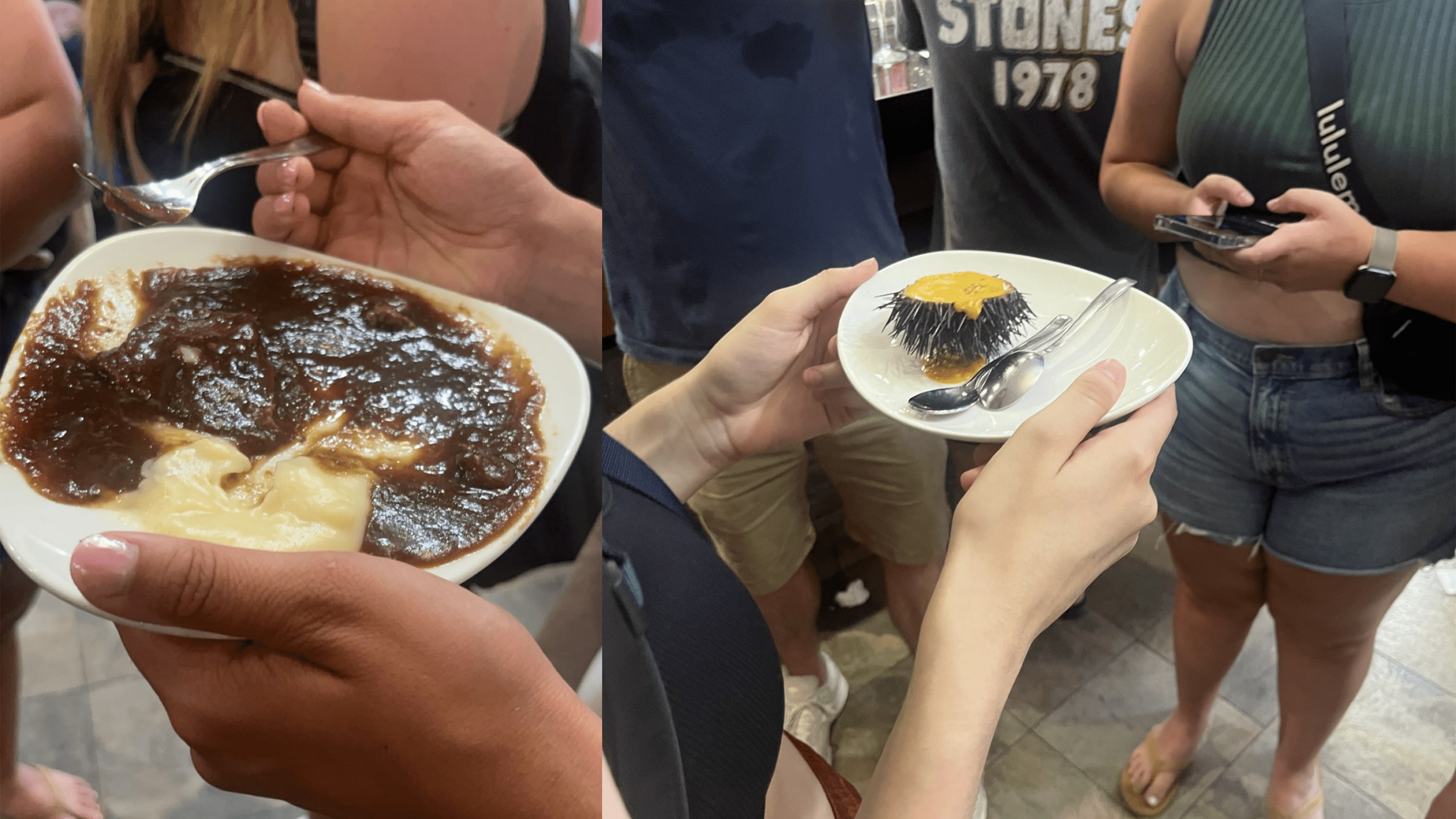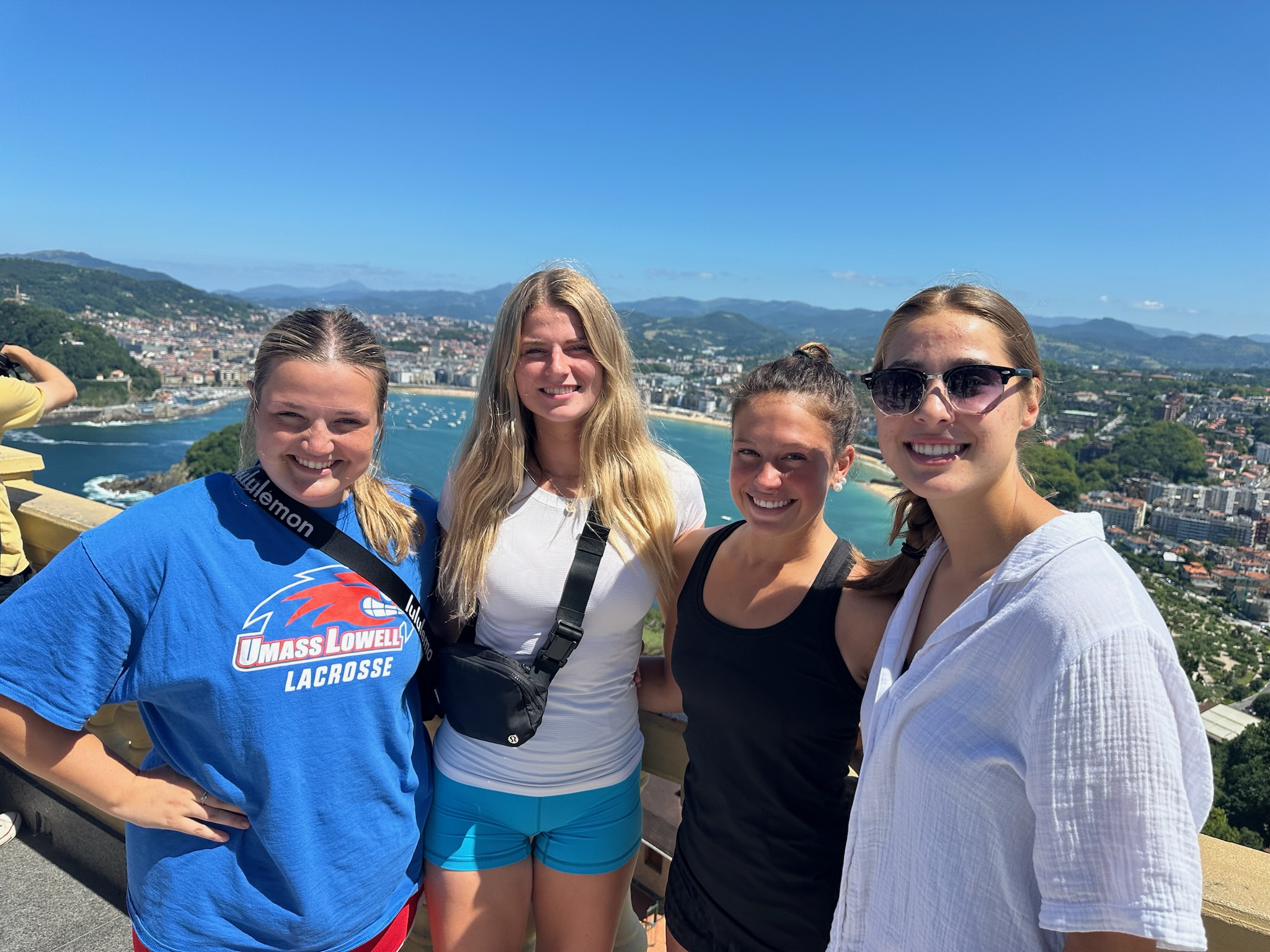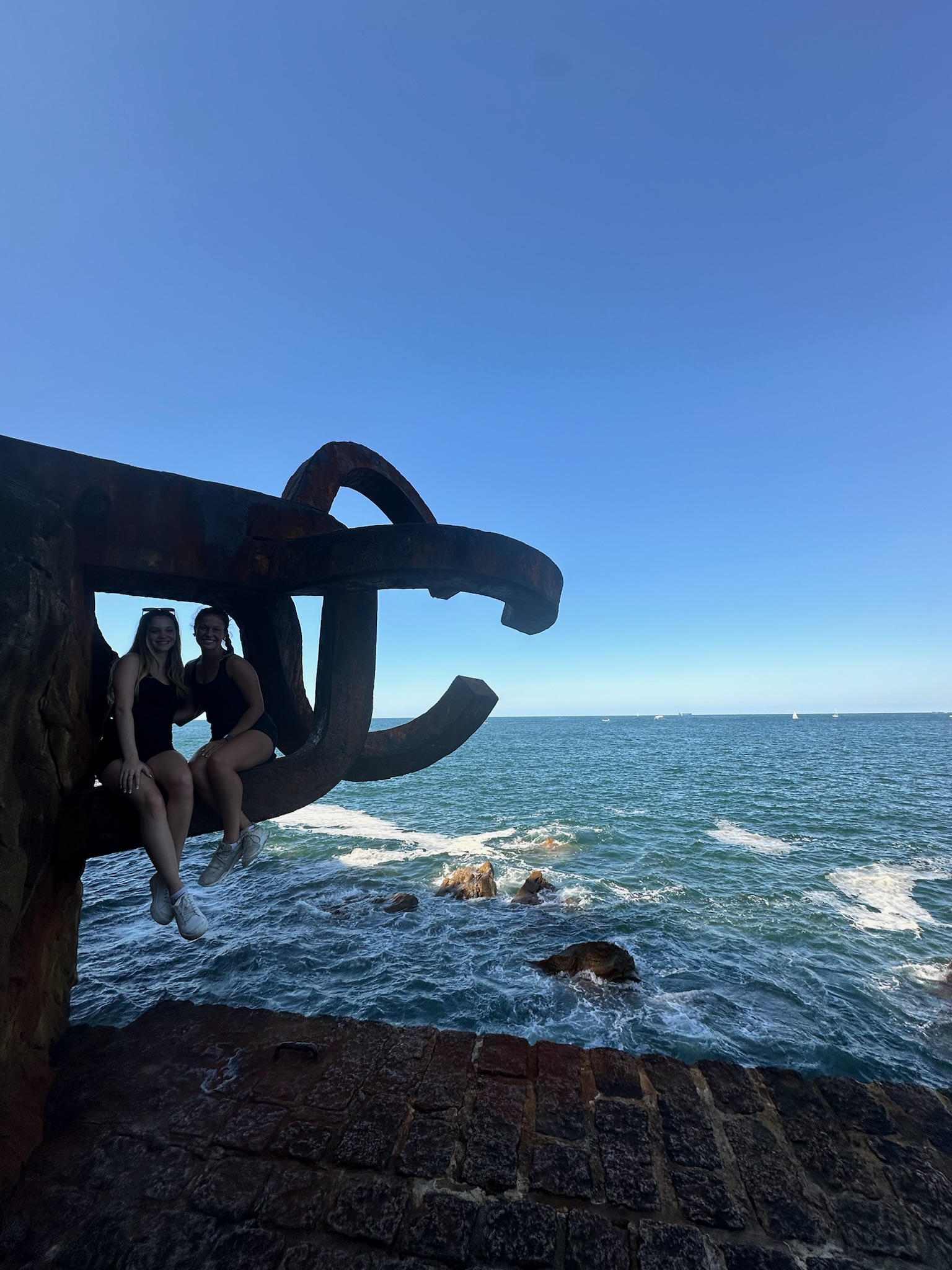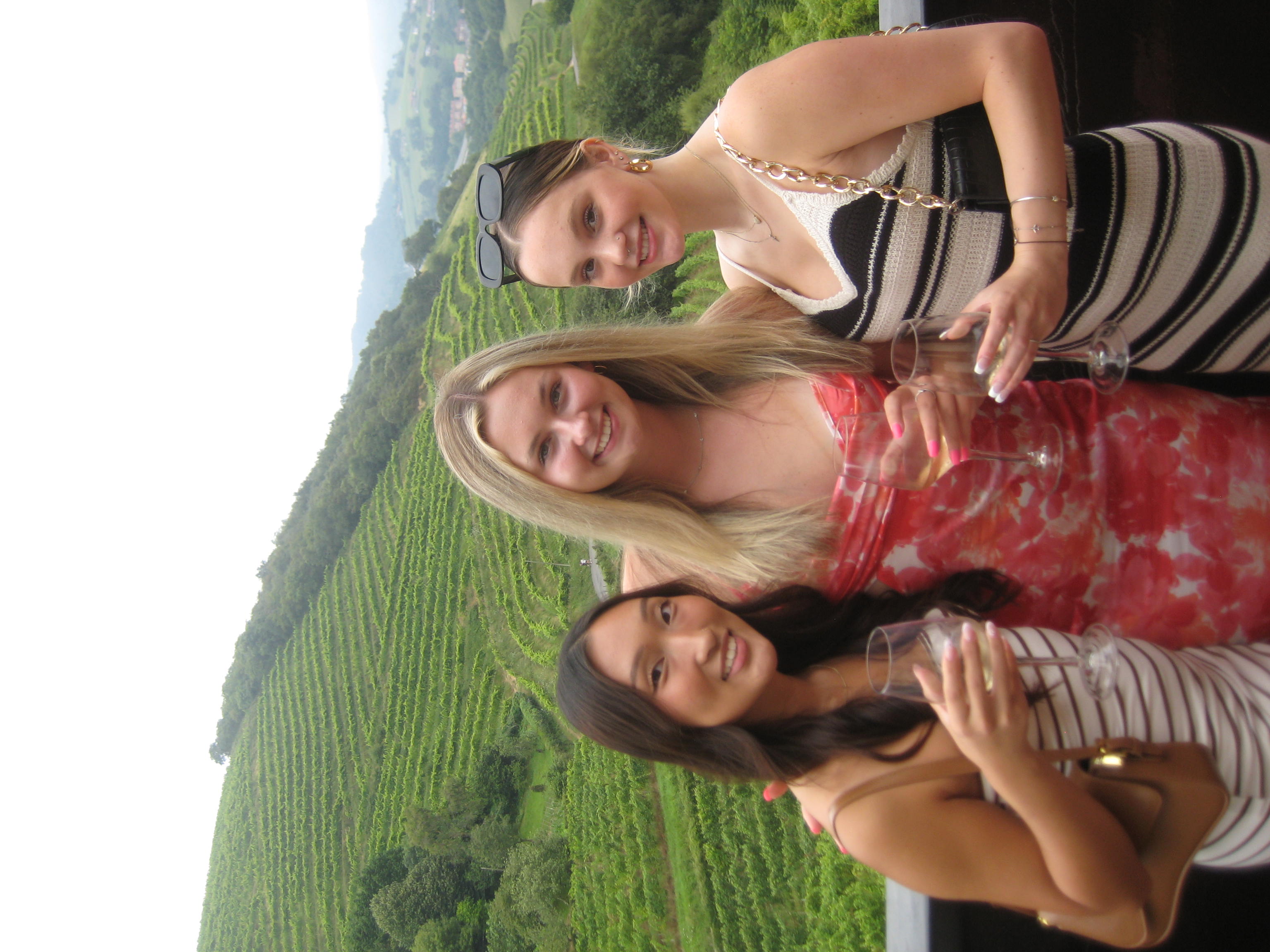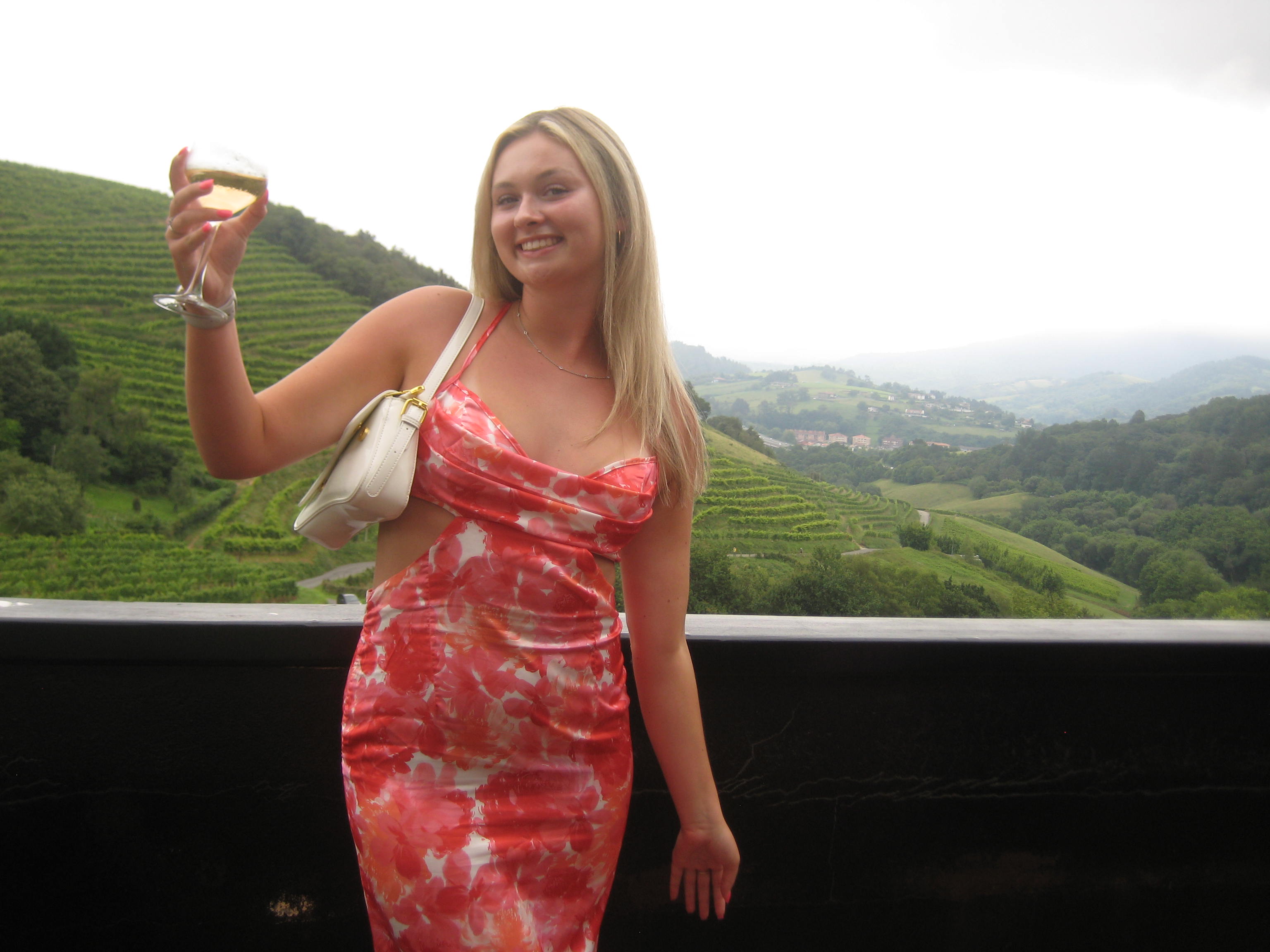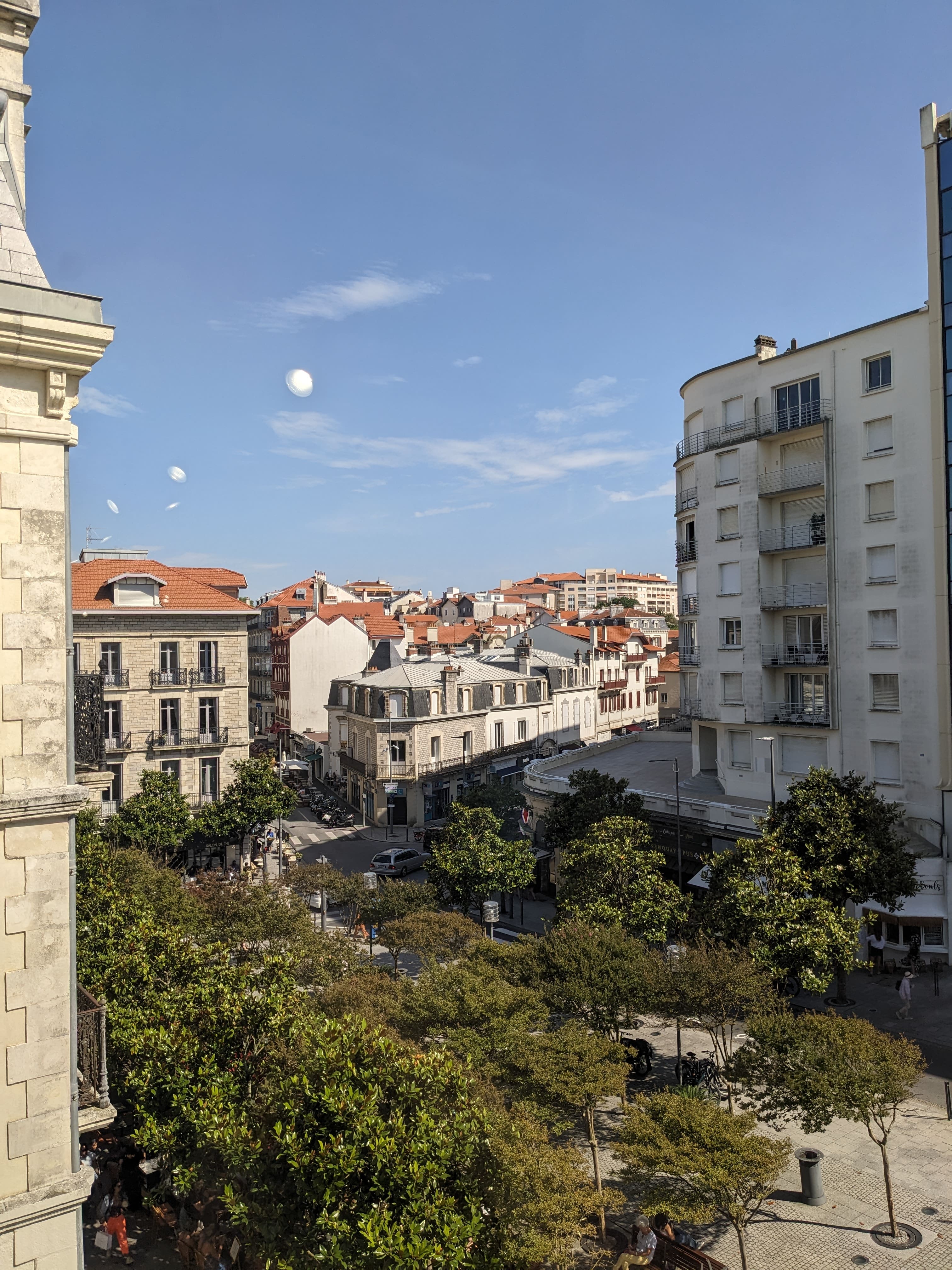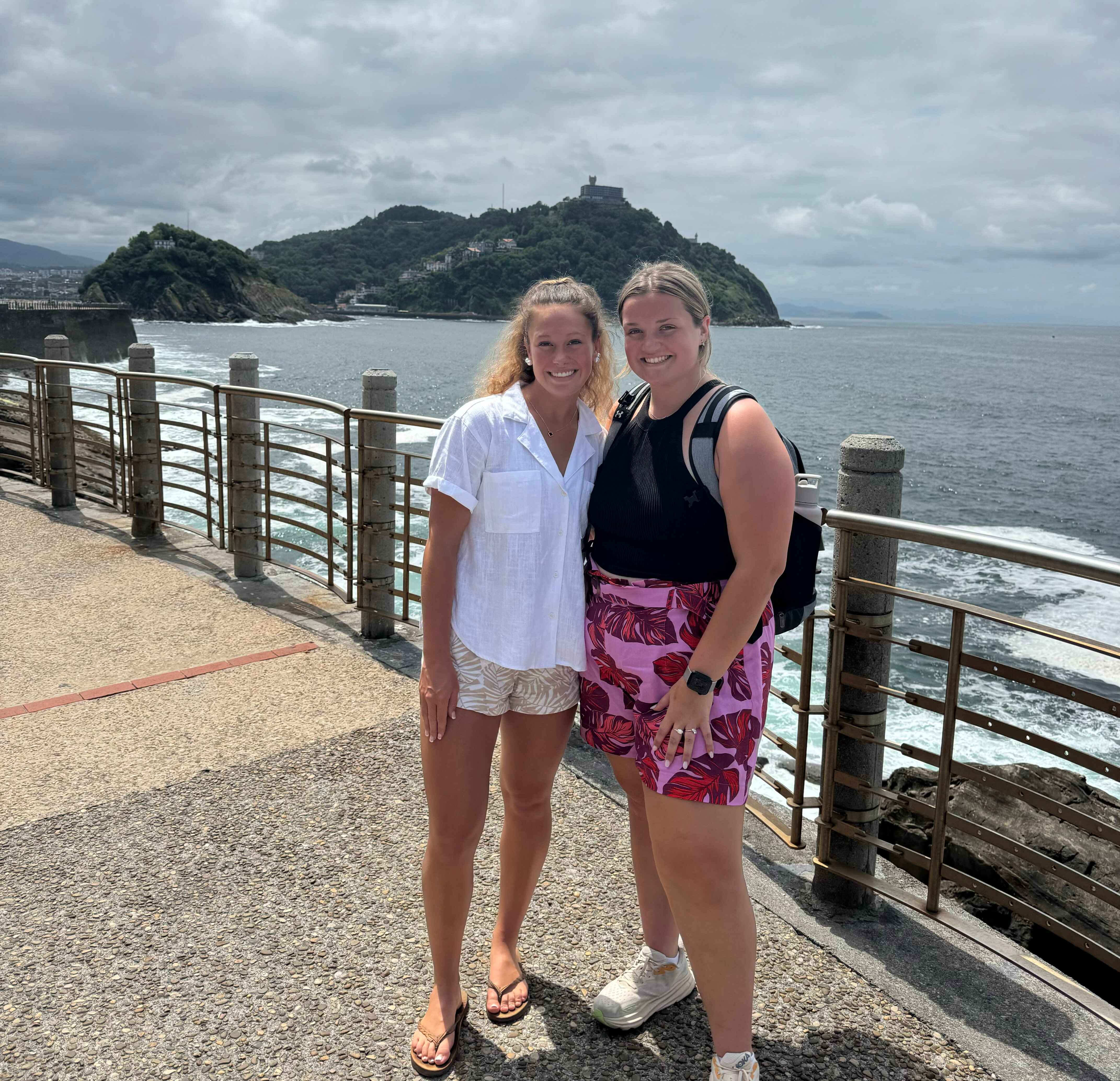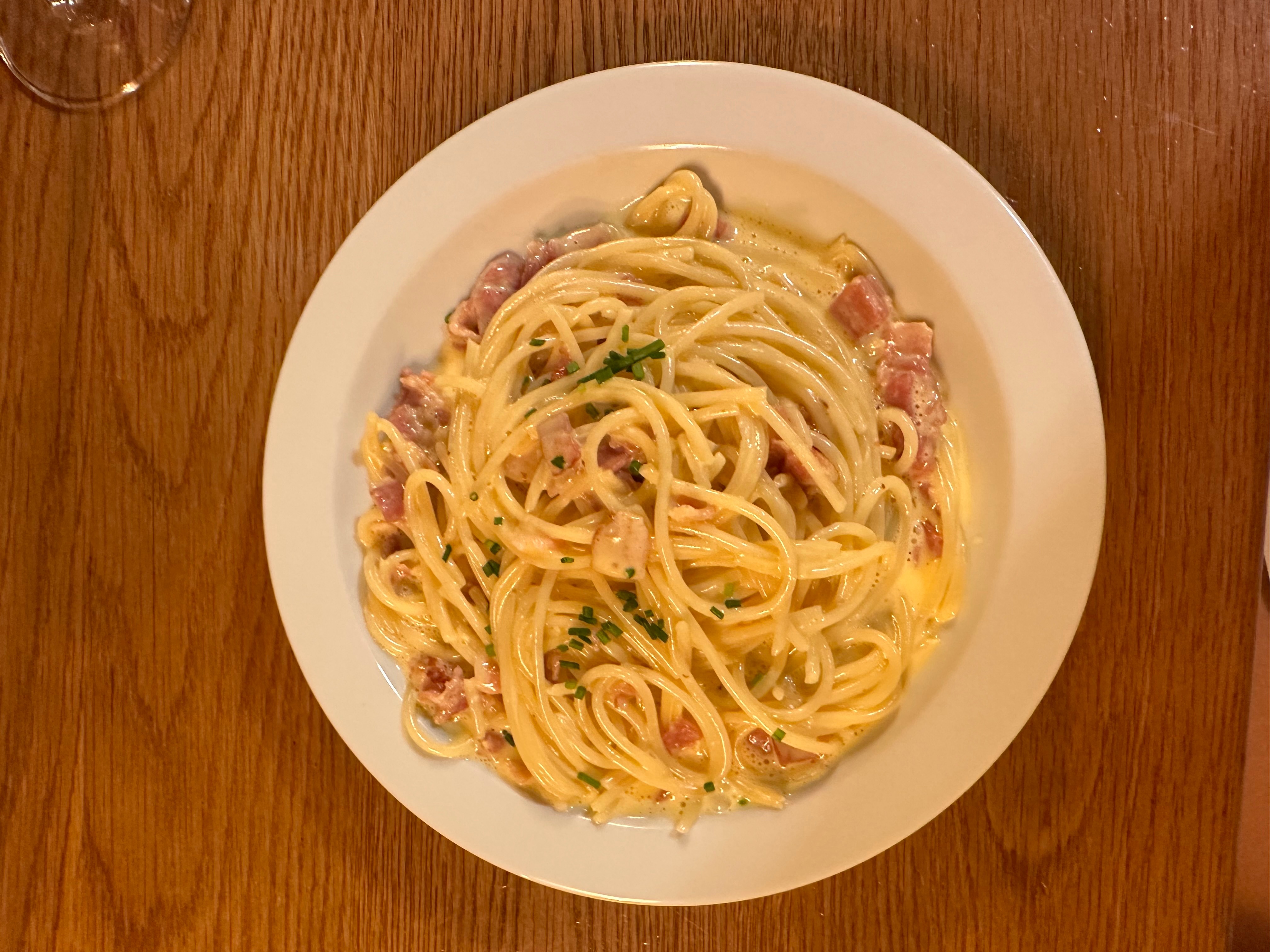Rainy Day Adventure to Monte Urgull
Today, we started off with an unexpected twist as we biked across La Concha in the rain. It was our first rainy day here in San Sebastián, and it was quite humid. Despite the weather, we were determined to explore Monte Urgull. The steep stairs and cobblestone paths tested our endurance, but the breathtaking views at the top made every step worthwhile.
The path was lined with old cobblestone walls, guiding us towards the Jesus statue that over looks the city. It had intrigued me since I first saw it from afar. Along the way, we encountered a little cat, which Alexa wasn’t too fond of. The fortress itself was fascinating, with windows that guards once used to protect the city. Watching some classmates climb a steep rock was amusing and added a fun challenge to our hike.


Reaching the top felt surreal. Moments like these remind me of how much I’ve missed out on and fill me with gratitude for this opportunity. Although the museum at the top was closed, the views of La Concha and the city below were more than enough. As the sun started to peek through the clouds, we made our way down to Kait’s lookout spot. She said it was the perfect place to watch the sunset.

On our way down, we stumbled upon a speakeasy bar that I’d seen on TikTok. It was hidden pretty well and was cool to find. We decided to stop for a break by some benches and ended up chatting about one of the books we were assigned to read. We discussed the historical context and how it relates to the current politics in the Basque region. Having this book discussion in such a scenic location was a perfect blend of learning and adventure.
Immersing in Basque Culture and History
Basque society has a rich history. It’s a matriarchal society, with women traditionally running the household while men worked as fishermen or shepherds. Men often gathered in gastronomic societies to cook and socialize, a tradition that has evolved to include families over time. In recent years, women have also been allowed to join these societies and participate fully, including in the kitchen and cleaning duties.
Today, we also stopped at Kokotxo, a Michelin-star restaurant our professor recommended. Although we didn’t eat there due to the high prices, it was exciting to see such a renowned place and what delicious food they had to offer!
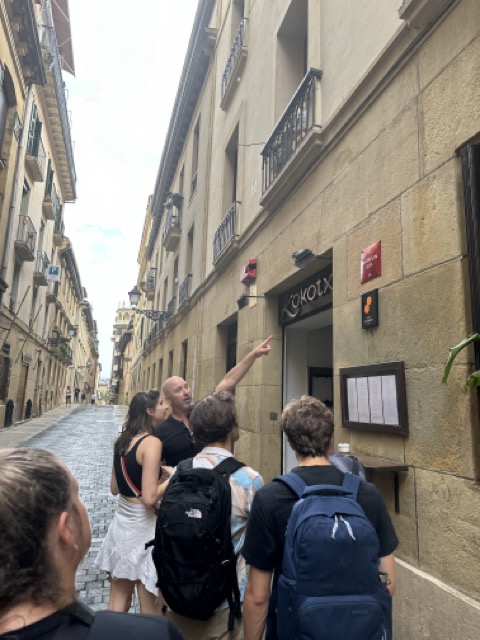
The Basque people have a unique history of resilience and autonomy. They manage their own taxes, police force, and aim to have Basque prisoners serve sentences within their region. The Spanish prison system focuses on rehabilitation and reintegration, which contrasts with the punitive approach in the U.S. The maximum prison sentence here is 30 years, and capital punishment has been abolished, unlike in the U.S.
One story that stood out was about a man known as “Galicia Rambo,” who escaped prison six times. He even managed to walk out on a day pass and never returned. This kind of flexibility in the prison system is unimaginable back home, where long sentences and strict punishment are more common. In Spain, there’s a stronger focus on rehabilitation and keeping community ties, resulting in much lower rates of reoffending.
San Sebastián’s history of defense is equally interesting. The city was well-protected from invaders with cannons and fortresses. The streets surrounding La Concha are now the most expensive in the country, a great contrast to their troubled past. Walking through these historic areas, it’s hard to believe that this beautiful city has such a deep history of wars and battles.
Embracing New Experiences and Friendships
Living in San Sebastián for the past three weeks has been all about trying new things and stepping out of my comfort zone. After our hike, we explored Old Town, a charming part of the city that I’ve grown fond of. The museum in Old Town was a highlight. It was filled with artifacts and free on Tuesdays, which was perfect for us. Even though the exhibits were in Spanish, we appreciated the historical artifacts and the stories they told.
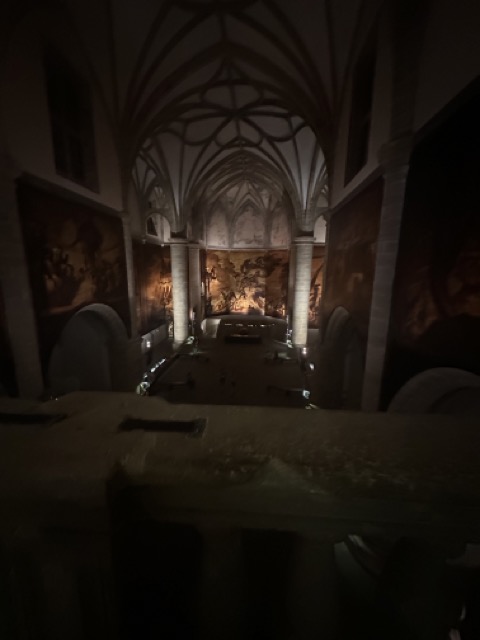
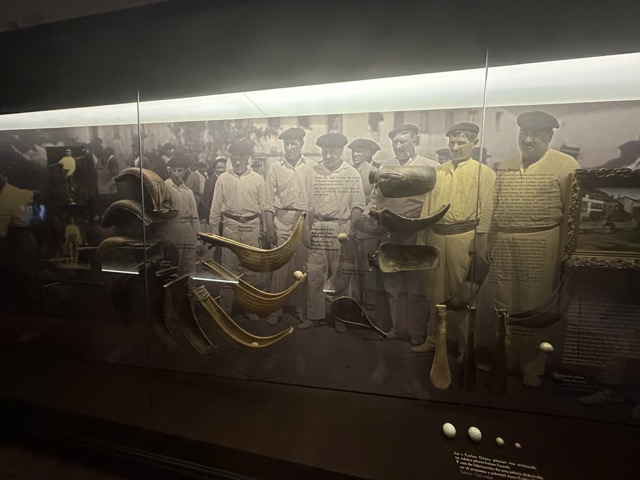
Dinner at Gorilla was another new experience. I tried chicken and prawn pad Thai, a dish I’d never had before. This trip has been all about embracing new tastes and experiences, living each day to the fullest. I’ve adopted a mindset of trying new things because I may never get another chance. This approach has allowed me to enjoy every moment and make the most of this incredible journey.

One of the most rewarding parts of this trip has been the new friendships I’ve made. In such a short time, we’ve become incredibly close. Shared experiences, like hiking up Mount Urgull, exploring Old Town, and engaging in deep conversations, have bonded us together. We’ve laughed, learned, and supported each other through every adventure. These friendships have made my time here even more special, creating memories I’ll cherish forever.
On our bike ride back to the hotel along La Concha, we were treated to a beautiful sunset, live music, and an engaging game organized by three guys with a microphone. They got the crowd involved, and everyone clapped along. It was a magical end to a day filled with discovery, history, and bonding with new friends.
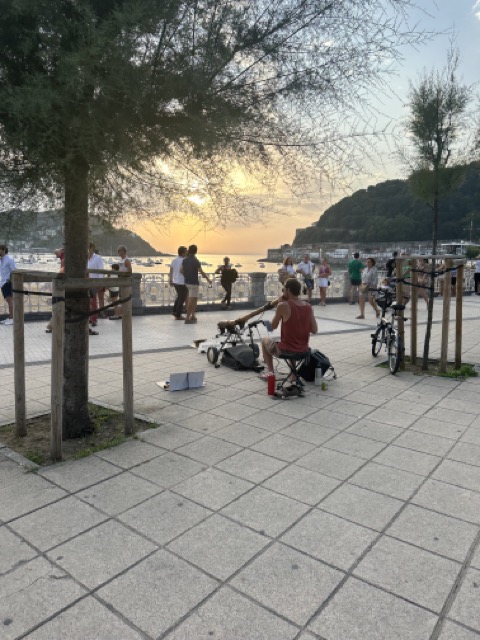
As my time in San Sebastián draws to a close, I can’t help but reflect on how much I’ve grown and learned. This city, with its rich history and vibrant culture, has left a lasting impression on me. Whether hiking up Mount Urgull, learning about Basque society, or trying new foods, every experience has enriched my life in ways I never imagined. I will cherish these memories forever.
